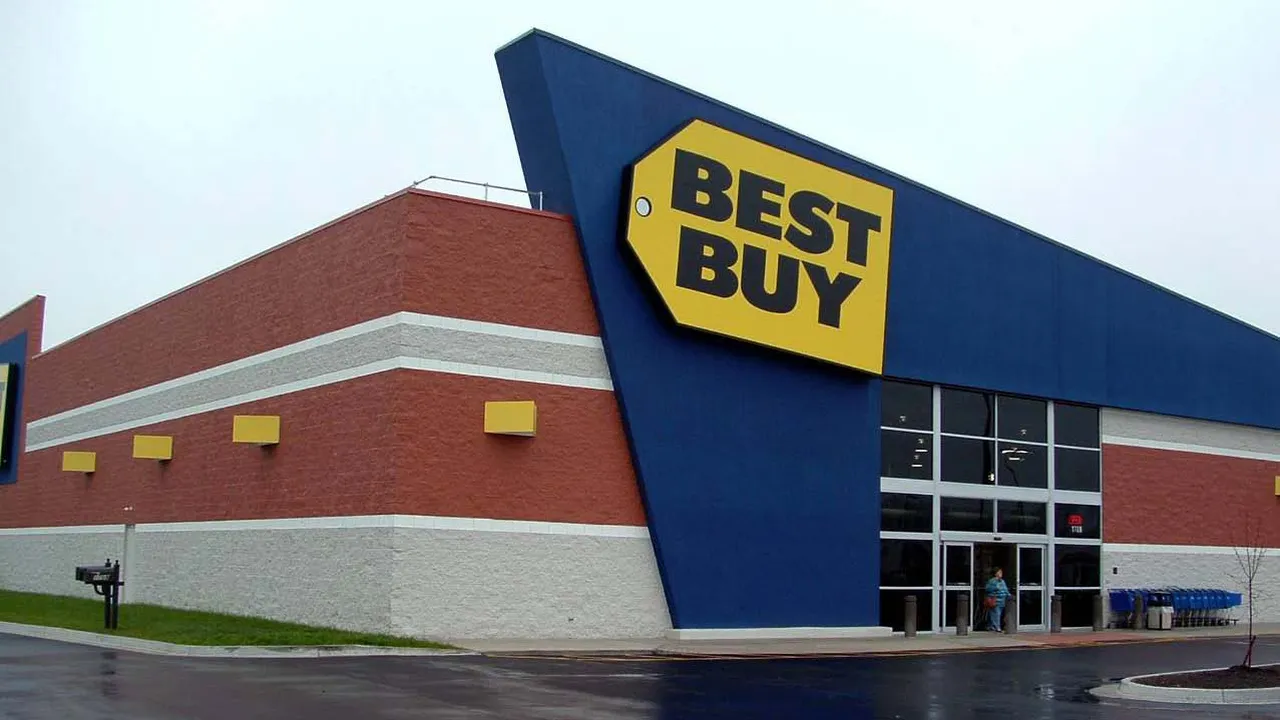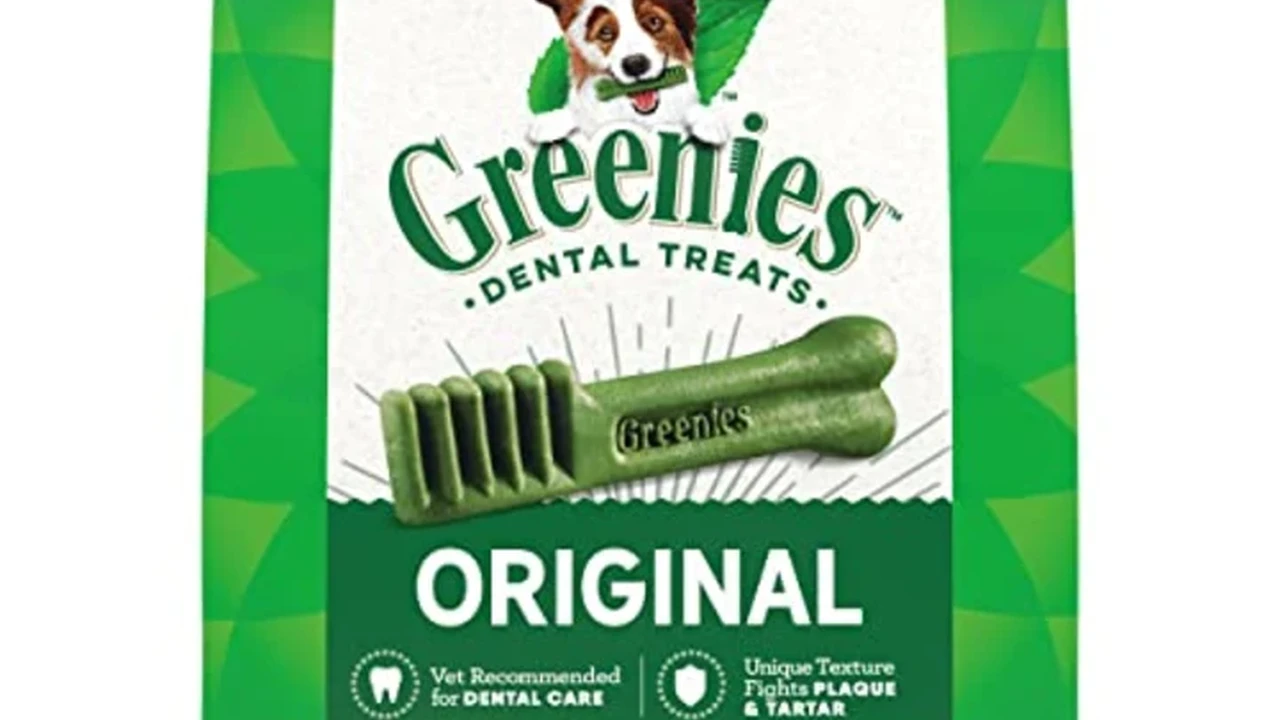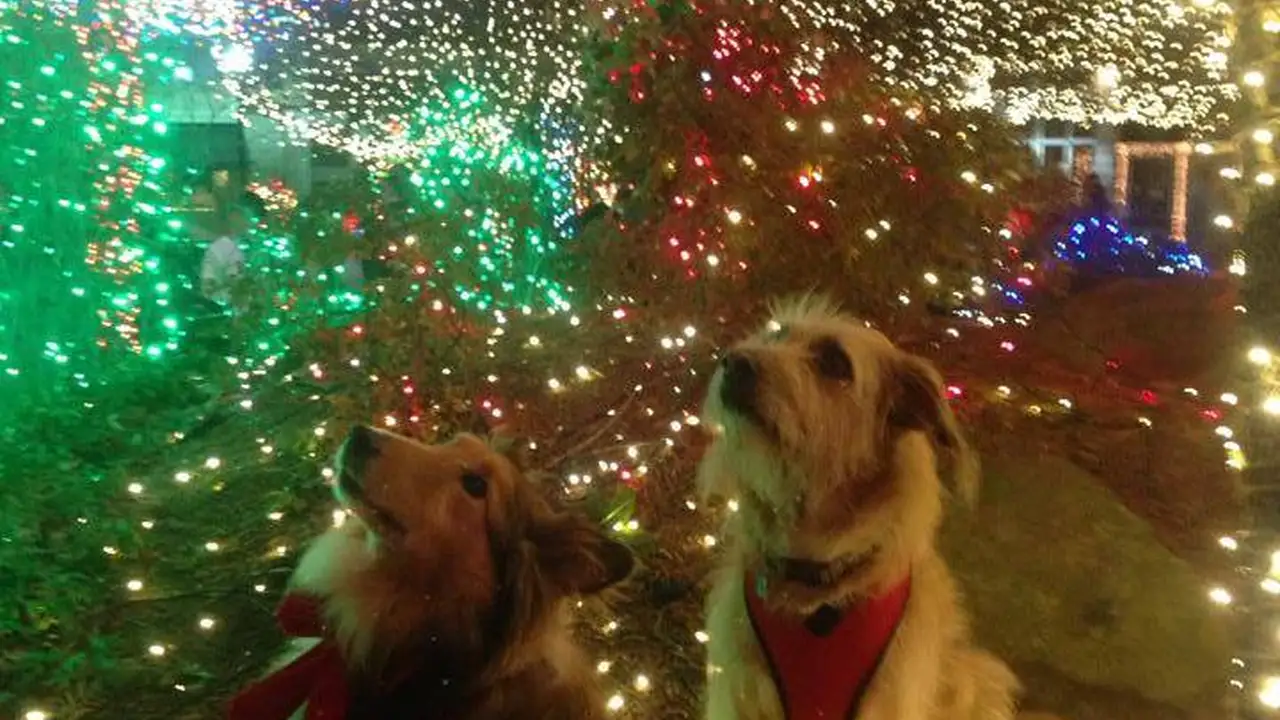Best Pet Car Seats and Restraints for Safety
Ensure your pet's safety during holiday car rides with our review of top-rated pet car seats and restraints.

Best Pet Car Seats and Restraints for Safety
Hey there, fellow pet parents! Planning a holiday road trip with your furry co-pilot? That's awesome! But before you hit the open road, let's talk about something super important: keeping your beloved pet safe and secure in the car. Just like humans, pets need proper restraints to prevent injuries during sudden stops, sharp turns, or even accidents. Plus, a secure pet is a less distracting pet, making your drive much safer for everyone.
We've all seen those adorable videos of dogs with their heads out the window, ears flapping in the breeze. While it looks fun, it's actually quite dangerous. An unrestrained pet can become a projectile in a crash, injuring themselves and other passengers. They can also interfere with your driving by jumping into the front seat, blocking your view, or getting under your feet. That's where pet car seats and restraints come in. They're designed to keep your pet snug, safe, and happy throughout your journey.
In this comprehensive guide, we're going to dive deep into the world of pet car safety. We'll explore different types of car seats and restraints, discuss their pros and cons, and recommend some of the best products on the market. We'll also cover important factors to consider when making your choice, ensuring you pick the perfect solution for your pet's size, temperament, and your vehicle type. So, buckle up (and get ready to buckle up your pet!), because we're about to make your holiday travels much safer and more enjoyable.
Understanding Pet Car Safety Devices Types and Benefits
When it comes to keeping your pet safe in the car, you've got a few main options: car seats, booster seats, harnesses that attach to seatbelts, and travel crates. Each has its own set of advantages and is suited for different types of pets and travel needs.
Pet Car Seats and Booster Seats for Small Dogs and Cats
Pet car seats and booster seats are fantastic for smaller pets. They elevate your pet, allowing them to look out the window, which can reduce anxiety and motion sickness for some. They also provide a cozy, contained space, preventing them from roaming around the car. Most car seats come with an internal tether that clips to your pet's harness (never their collar, as this can cause neck injury in a sudden stop).
Recommended Pet Car Seats and Booster Seats:
- Kurgo Booster Seat for Dogs & Cats: This is a popular choice for its elevated design, allowing small pets to see out. It's easy to install and has a washable liner. It typically retails for around $50-$70. It's great for pets up to 30 lbs. The internal tether keeps your pet secure, and the elevated position can help reduce car sickness by allowing them to see the world go by.
- Snoozer Lookout Car Seat: Known for its plush comfort, the Snoozer Lookout comes in various sizes and offers a deep, cozy spot for your pet. It's a bit pricier, usually ranging from $80-$150, but offers superior comfort and durability. It's ideal for pets who love to curl up and feel secure. The faux lamb's wool interior is a big hit with many pets.
- K&H Pet Products Bucket Booster: This booster seat offers a secure and elevated ride. It's designed to fit snugly in your car seat and comes with a removable, washable cover. Prices are generally in the $60-$90 range. It's a good option for pets who need a bit more structure and support.
Seatbelt Harnesses for Medium to Large Dogs
For medium to large dogs, a crash-tested safety harness that attaches directly to your car's seatbelt system is often the best solution. These harnesses are designed to distribute impact forces across your dog's chest, protecting their neck and spine in the event of a collision. It's crucial to choose a harness that has been crash-tested by reputable organizations like the Center for Pet Safety (CPS).
Recommended Seatbelt Harnesses:
- Sleepypod Clickit Sport Harness: This harness is consistently top-rated by the CPS for its crash-worthiness. It's designed to be used with your car's seatbelt, providing excellent protection. It's a premium product, with prices typically ranging from $80-$120 depending on size. It's a three-point design, which means it secures your dog across the chest and hips, minimizing forward motion.
- Kurgo Tru-Fit Enhanced Strength Harness: Another CPS-certified option, the Kurgo Tru-Fit is a more affordable yet still highly effective choice. It's easy to put on and take off, and it comes with a seatbelt loop. Expect to pay around $30-$60. This harness is a great balance of safety and affordability, making it accessible for more pet owners.
- Ruffwear Load Up Harness: While not CPS certified, Ruffwear is a highly respected brand known for its durable outdoor gear. The Load Up Harness is designed for vehicle restraint and is built to withstand significant force. It's a comfortable option for longer trips, priced around $70-$90. It's a good choice for active dogs who need a robust and comfortable restraint.
Travel Crates and Carriers for All Sizes
Travel crates and carriers offer a secure and familiar space for your pet, especially if they are already crate-trained. For maximum safety, choose a crash-tested crate that can be secured in your vehicle. Hard-sided crates are generally safer than soft-sided ones in a collision, but soft-sided carriers can be great for small pets on shorter trips or as a cozy den.
Recommended Travel Crates and Carriers:
- Gunner Kennels G1 Series: These are the gold standard for crash-tested dog crates. They are incredibly durable and designed to withstand severe impacts. They are also quite expensive, ranging from $500-$1000+, but offer unparalleled safety. If you prioritize ultimate safety and frequently travel with your large dog, this is an investment worth considering.
- MIM Safe Variocage: Another top-tier, crash-tested crate, the Variocage is designed to absorb energy during a collision and is adjustable to fit various vehicle types. Prices are similar to Gunner Kennels, in the $600-$1000+ range. These crates are often used by police and military K9 units, speaking to their robust safety features.
- Diggs Revol Dog Crate: While not specifically crash-tested for vehicle use in the same way as Gunner or MIM, the Diggs Revol is a highly durable and well-designed crate that can be secured in a vehicle. It's collapsible for easy storage and transport. Prices range from $300-$500. It's a good option for those looking for a sturdy, portable crate that can also be used at home.
- Sleepypod Mobile Pet Bed: For smaller pets, the Sleepypod Mobile Pet Bed doubles as a comfortable carrier and a crash-tested car seat. It's a versatile option, priced around $180-$250. It's perfect for cats and small dogs who prefer a cozy, enclosed space.
Choosing the Right Pet Car Safety Device for Your Furry Friend
With so many options, how do you pick the best one for your pet? Here are some key factors to consider:
Pet Size and Weight Considerations for Car Safety
This is probably the most important factor. A small dog in a large harness won't be secure, and a large dog crammed into a small car seat will be uncomfortable and unsafe. Always check the manufacturer's weight and size guidelines. Measure your pet carefully (length, height, and chest girth) before purchasing.
Pet Temperament and Comfort Levels in Vehicles
Does your pet get anxious in the car? Do they like to see out the window, or do they prefer to be tucked away in a den-like space? A booster seat might be great for a curious dog, while a crate might be better for an anxious one. Some pets might resist a harness at first, so introduce it gradually with positive reinforcement.
Vehicle Type and Available Space for Pet Restraints
Consider the size of your vehicle. Do you have enough space for a large crate? Will a car seat fit comfortably without obstructing your view or other passengers? Some harnesses require a specific type of seatbelt buckle. Always measure your car's available space before buying a large item like a crate.
Crash Test Certification and Safety Standards
Look for products that have been crash-tested by independent organizations like the Center for Pet Safety (CPS). Their certifications provide peace of mind that the product has been rigorously tested and proven to offer protection in a collision. While not all products are CPS certified, it's a strong indicator of a manufacturer's commitment to safety.
Ease of Installation and Cleaning for Pet Car Seats
You'll be using this regularly, so make sure it's easy to install and remove. Removable, washable covers are a huge plus, especially if your pet is prone to car sickness or shedding. Nobody wants a smelly car seat!
Budget and Durability of Pet Travel Gear
Pet car safety products range widely in price. While it's tempting to go for the cheapest option, remember that this is an investment in your pet's safety. Consider the durability of the materials and construction. A well-made product will last longer and provide better protection.
Installation Tips and Best Practices for Pet Car Safety
Once you've chosen your pet car safety device, proper installation is key to its effectiveness. Always follow the manufacturer's instructions carefully.
Securing Pet Car Seats and Boosters
Most car seats and boosters use your car's seatbelt to secure them to the vehicle. Ensure the seatbelt is threaded correctly and pulled tight. The car seat should not wobble or slide around. Always use the internal tether to attach to your pet's harness, not their collar.
Properly Fitting Pet Safety Harnesses
A safety harness should fit snugly but comfortably. You should be able to fit two fingers underneath the straps. It shouldn't be so loose that your pet can slip out, nor so tight that it restricts their breathing or movement. Adjust all straps to ensure an even distribution of pressure.
Anchoring Travel Crates and Carriers in Vehicles
If using a crate, ensure it's secured in your vehicle to prevent it from shifting or becoming a projectile. Many crash-tested crates come with tie-down straps or can be secured using your car's cargo hooks. Place crates in the cargo area of an SUV or hatchback, or on the back seat if it's a smaller crate and can be secured with a seatbelt.
Introducing Your Pet to Their New Car Safety Device
Don't just spring the new device on your pet right before a long trip. Introduce it gradually. Let them sniff it, explore it, and get comfortable with it in a familiar environment. Offer treats and praise. Start with short, positive car rides before embarking on a long journey. This positive association will make future travels much smoother.
Common Mistakes to Avoid When Traveling with Pets
Even with the best intentions, some common mistakes can compromise your pet's safety in the car. Let's make sure you avoid them!
Using a Collar Instead of a Harness for Restraint
This is a big no-no. In a sudden stop or collision, a collar can cause severe neck and tracheal injuries. Always use a well-fitting harness when restraining your pet in the car, whether it's with a seatbelt attachment or an internal tether in a car seat.
Leaving Pets Unrestrained in the Vehicle
As mentioned earlier, an unrestrained pet is a danger to themselves and everyone else in the car. Even a small pet can cause significant distraction or injury in an accident. Always use a proper restraint.
Allowing Pets to Ride with Their Head Out the Window
While it looks cute, it's incredibly risky. Debris, insects, or even other vehicles can cause serious eye injuries. Plus, a sudden stop can cause your pet to fall out of the window. Keep those windows up enough to prevent this.
Overheating Pets in Parked Cars
Never, ever leave your pet unattended in a parked car, especially on a warm day. Temperatures inside a car can rise rapidly, even on seemingly mild days, leading to heatstroke and even death. If you need to leave your car, take your pet with you or ensure they are in a safe, temperature-controlled environment.
Not Taking Regular Potty and Stretch Breaks
Just like humans, pets need breaks on long journeys. Plan for regular stops every few hours for potty breaks, a drink of water, and a chance to stretch their legs. This will make the trip more comfortable for everyone.
Maintaining Your Pet Car Safety Gear
To ensure your pet's safety gear remains effective and hygienic, regular maintenance is essential.
Regular Cleaning and Washing of Pet Car Seats
Most car seats and booster seats have removable, washable covers. Follow the manufacturer's cleaning instructions. Regular cleaning will keep the seat fresh and free of pet odors and dander.
Inspecting Harnesses and Crates for Wear and Tear
Before each trip, quickly inspect harnesses, tethers, and crate latches for any signs of wear, fraying, or damage. If you notice any significant wear, it's time to replace the item. A damaged restraint won't provide adequate protection.
Storing Pet Safety Devices Properly
When not in use, store your pet's car safety device in a clean, dry place. This will help prolong its lifespan and keep it ready for your next adventure.
By investing in the right pet car seat or restraint and following these safety guidelines, you can ensure your holiday road trips are not only fun but also safe and stress-free for you and your beloved furry companion. Happy travels!
:max_bytes(150000):strip_icc()/277019-baked-pork-chops-with-cream-of-mushroom-soup-DDMFS-beauty-4x3-BG-7505-5762b731cf30447d9cbbbbbf387beafa.jpg)






